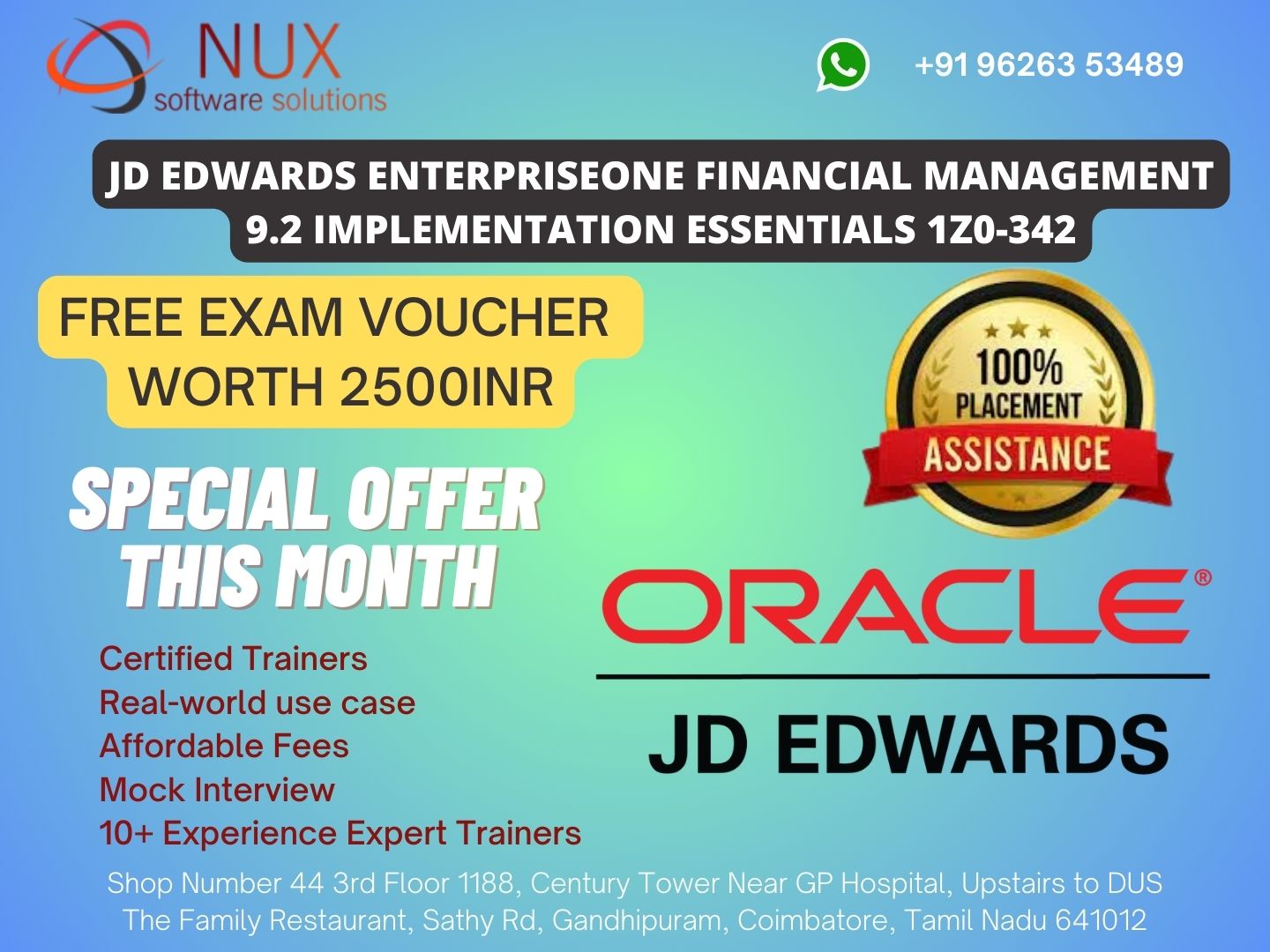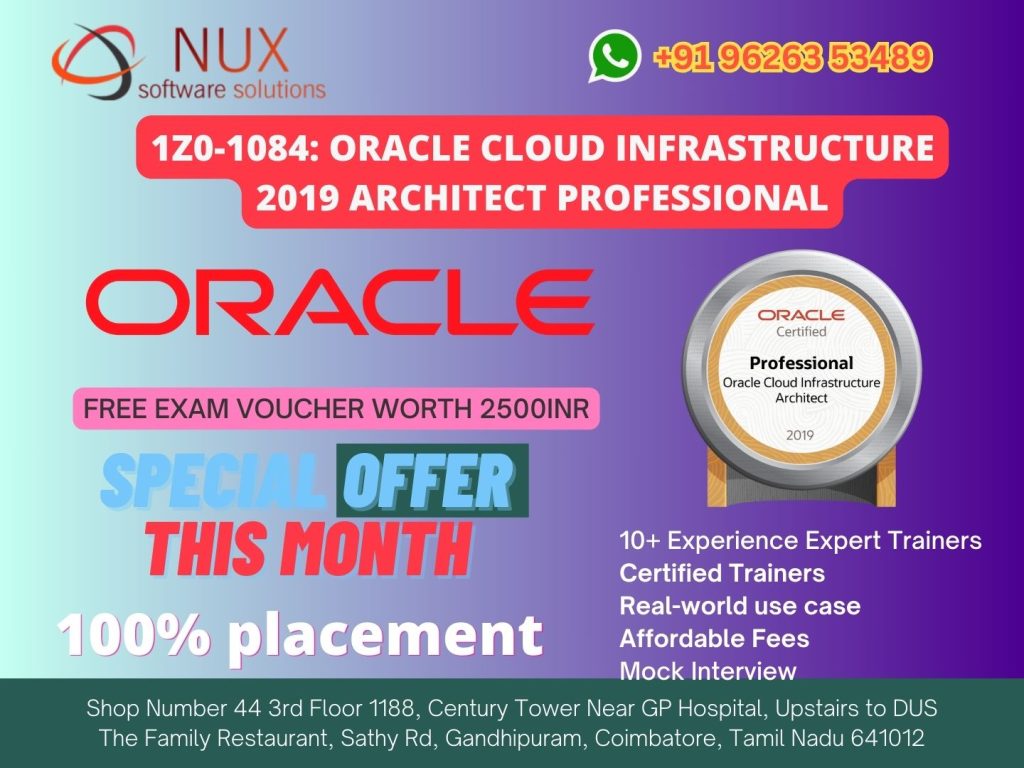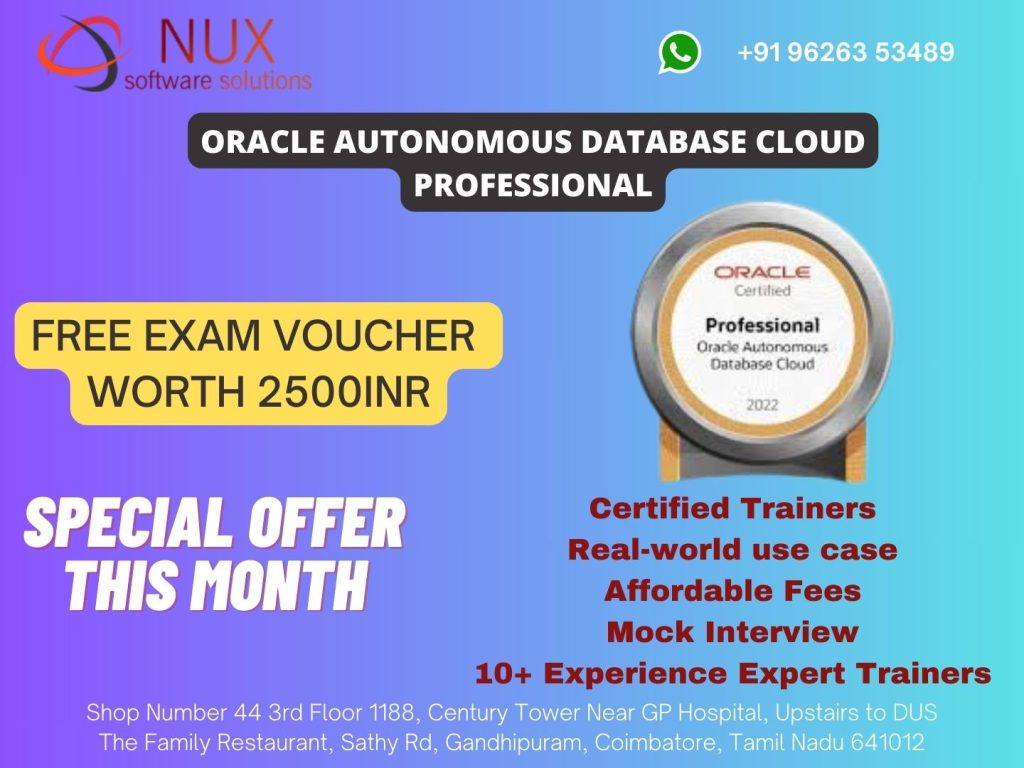JD Edwards Enterprise One Financial Management 9.2 Implementation Essentials 1Z0-342

Course Summary
This certification training prepares professionals to implement and support JD Edwards EnterpriseOne Financial Management 9.2—an integrated suite used globally for managing enterprise-wide financial operations. The course provides complete functional coverage of General Ledger, Accounts Payable, Accounts Receivable, Fixed Assets, and Expense Management.
Aligned with the Oracle 1Z0-342 certification exam, this course equips participants with the practical knowledge to deliver ERP finance solutions across industries and project environments.
Why Choose This Course
JD Edwards EnterpriseOne continues to be a vital ERP system for global businesses in finance-heavy sectors. This training gives you:
A strong foundation in configuring and implementing core financial modules
Real-world scenarios covering chart of accounts, account structures, and transactional flows
Oracle exam-aligned content to help you succeed in the 1Z0-342 certification
Instruction from experts with experience in JD Edwards implementations and industry rollouts
Functional insights that align with auditing, compliance, and financial control best practices
Who Should Enroll
This course is ideal for:
JD Edwards functional consultants working in finance and ERP modules
Finance professionals and business analysts transitioning to JD Edwards projects
ERP consultants preparing for the 1Z0-342 certification exam
Implementation teams managing or upgrading JD Edwards Financials 9.2
Anyone looking to build a career in Oracle Financial ERP consulting
Skills You Will Gain
Financial system configuration including A/B Number, Business Units, and Ledger Types
Setup and processing of GL, AP, AR, and Fixed Asset modules
Management of journal entries, vouchers, payments, and receipts
Application of account rules, tax, currency, and reconciliations
Implementation of budgeting, cost control, and financial reporting tools
Understanding of intercompany transactions, integrity reports, and financial auditing
Career Benefits
After completing this course, you will:
Be ready to pass the Oracle 1Z0-342 Financial Management Implementation certification
Qualify for roles such as JD Edwards Financial Consultant, ERP Functional Analyst, or Finance Implementation Lead
Gain the ability to lead or contribute to financial transformation projects in JD Edwards environments
Position yourself for work in industries such as manufacturing, distribution, construction, and public sector
Expand your consulting credentials in Oracle ERP Financials, increasing project opportunities
Become a JD Edwards Financials Expert with Linux Training Center
Empower organizations to manage financial operations efficiently using Oracle’s robust JD Edwards platform. This training is your gateway to becoming a certified financial ERP professional.
Start your journey toward certification and ERP career growth.
Course Syllabus
Modules
JD Edwards EnterpriseOne Financial Management 9.2 Implementation Essentials 1Z0-342
- Describe the Address Book
- Describe program navigation (including EnterpriseOne Pages, Favorites, Row and Form Exists, etc.)
- Create Composite Application Framework content
- Describe the AP Business Process (including Procure to Pay)
- Describe configuration components for Accounts Payable (Including AAIs, Automatic Payment Processing, Payment Terms, UDCs, Tax set up, etc.)
- Describe the Supplier Master
- Process Vouchers and Voucher Match
- Perform an automatic Voucher Match
- Process Payments (automatic and manual)
- Approve and post AP transactions to the General Ledger (GL)
- Update and review tax information
- Describe the OneView Supplier Ledger and Payment Inquiry
- Analyze Accounts Payable reports and Integrity reports
- Describe the GL Business Process
- Describe configuration components for General Ledger (including AAIs, UDCs, DMAAIs, Category Codes, Intercompany Settlements, Company, Multicurrency, Business Unit Chart of Account, etc.)
- Process Journal Entries
- Set up Allocations
- Perform account reconciliation
- Describe the OneView General Ledger and Account Balance inquiry
- Analyze General Accounting inquires and reports (including integrity reports and financials reports)
- Process online consolidations
- Create budgets
- Perform Cash Forecasting
- Describe the AR Business Process (including the Order to Cash Process)
- Describe configuration components for Accounts Receivable (including AAIS, UDCs, Payment Terms and Advanced Payment Terms, Tax set up, Line of Business, etc.)
- Utilize the AR Credit and Collections Process
- Describe the Customer Master
- Process AR invoices
- Process AR Cash Receipts (manual and automatic)
- Post AR transactions to the General Ledger (invoices and receipts)
- Process Credit Reimbursements
- Describe the OneView Customer Ledger and Receipts inquiry
- Review and maintain tax information
- Analyze the Accounts Receivable Inquiry and Reports (including Customer Ledger Inquiry and Integrity Reports, Credit and Collection reports, etc.)
- Describe the Revenue Recognition process
- Describe the Fixed Asset Process
- Set up Fixed Assets (including AAIs, UDCs, Disposal Rules, Depreciation Defaults, User Defined Depreciation, Category Code Mapping, etc.)
- Manage Asset Records and Locations
- Process General Ledger Entries for Fixed Assets
- Process Transfer Assets to New Locations
- Process Asset Splits and Disposals
- Describe the OneView Financial Statement Process
- Create and generate a new statement
- Explain import and export functionality in OVFS



